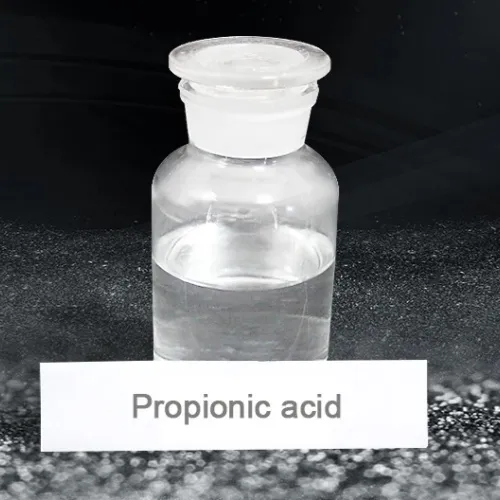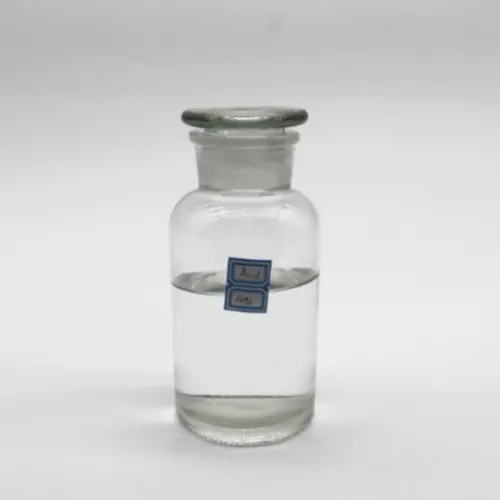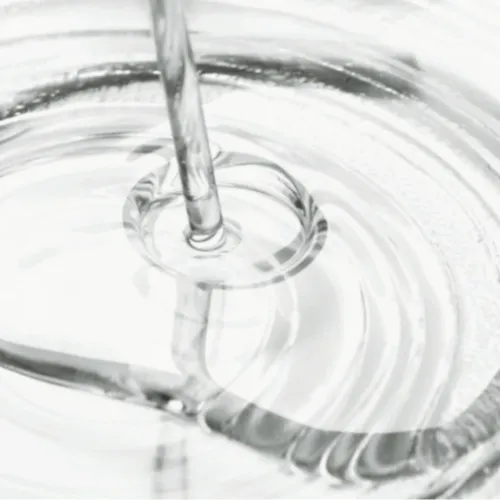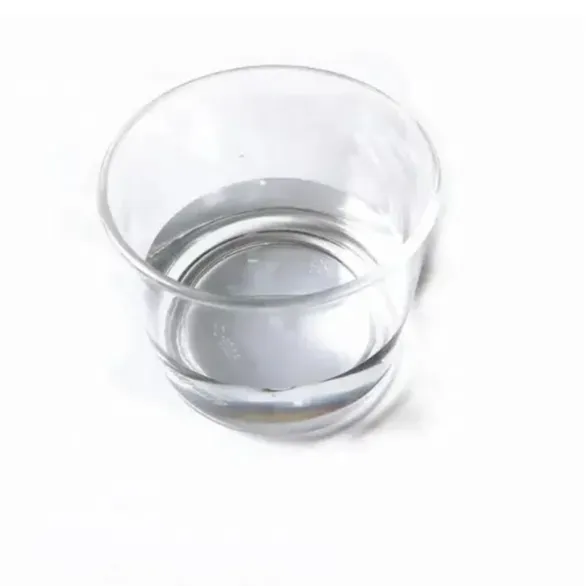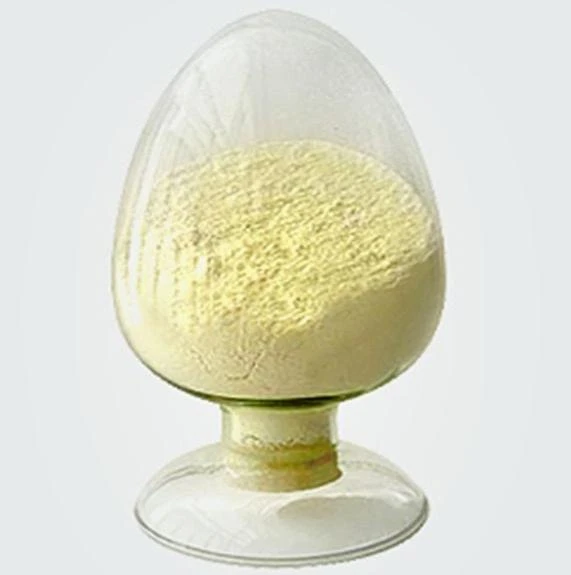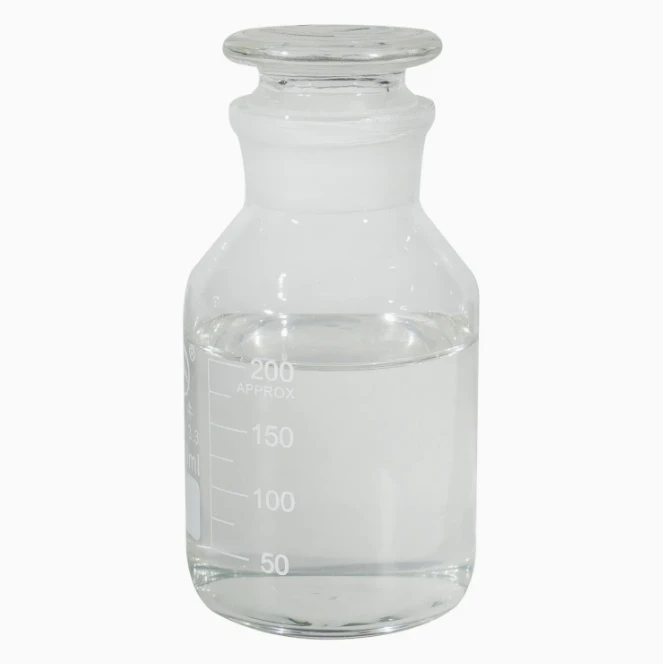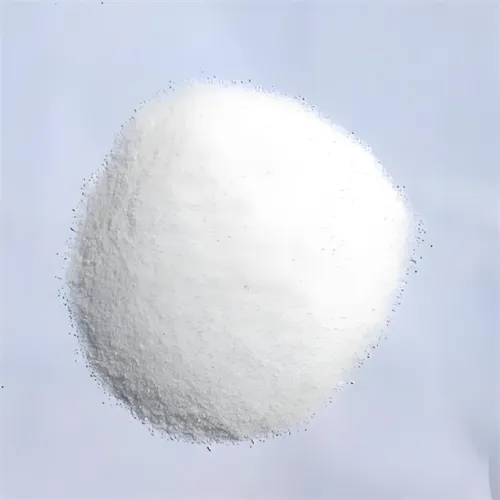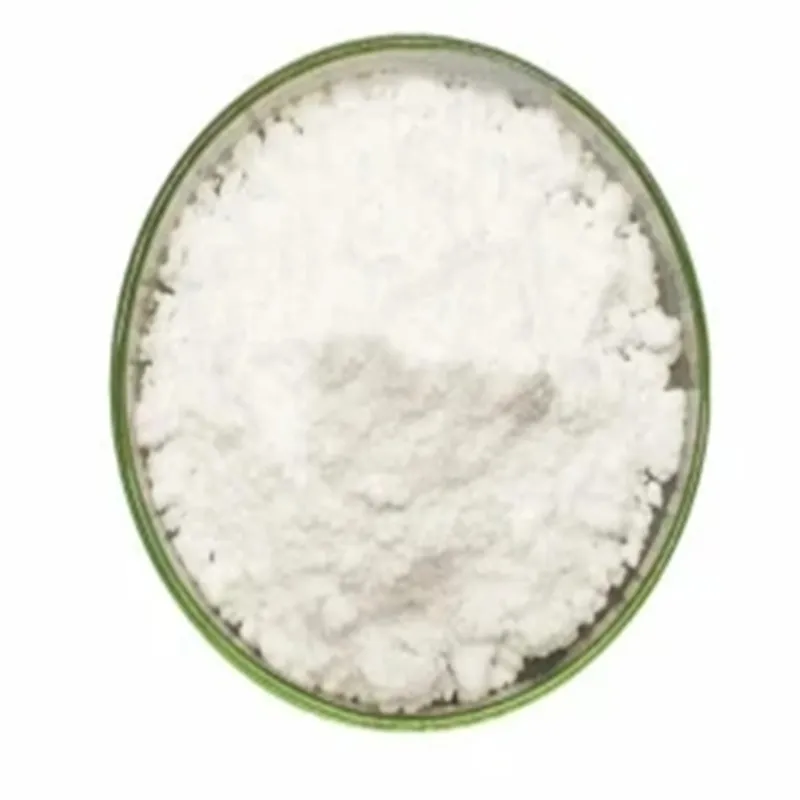Warning: Undefined array key "file" in /home/www/wwwroot/HTML/www.exportstart.com/wp-content/themes/1198/header.php on line 7
Warning: Undefined array key "title" in /home/www/wwwroot/HTML/www.exportstart.com/wp-content/themes/1198/header.php on line 7
Warning: Undefined array key "title" in /home/www/wwwroot/HTML/www.exportstart.com/wp-content/themes/1198/header.php on line 7
- African
- Albaniano
- Amharic
- Arabic
- Armenian
- Azerbaijani
- Basque
- Belarusian
- Bengali
- Bosnian
- Bulgarian
- Catalan
- Cebuano
- Tsina
- China (Taiwan)
- Corsican
- Croatian
- Czech
- Danish
- Dutch
- Ingles
- Esperanto
- Estonian
- Finnish
- Pranses
- Frisian
- Galician
- Georgian
- Aleman
- Griyego
- Gujarati
- Haitian Creole
- hausa
- hawaiian
- Hebrew
- Hindi
- Miao
- Hungarian
- Icelandic
- igbo
- Indonesian
- irish
- Italyano
- Hapon
- Javanese
- Kannada
- kazakh
- Khmer
- Rwandan
- Koreano
- Kurdish
- Kyrgyz
- TB
- Latin
- Latvian
- Lithuanian
- Luxembourgish
- Macedonian
- Malgashi
- Malay
- Malayalam
- Maltese
- Maori
- Marathi
- Mongolian
- Myanmar
- Nepali
- Norwegian
- Norwegian
- Occitan
- Pashto
- Persian
- Polish
- Portuges
- Punjabi
- Romanian
- Ruso
- Samoan
- Scottish Gaelic
- Serbian
- Ingles
- Shona
- Sindhi
- Sinhala
- Slovak
- Slovenian
- Somali
- Espanyol
- Sundanese
- Swahili
- Swedish
- Tagalog
- Tajik
- Tamil
- Tatar
- Telugu
- Thai
- Turkish
- Turkmen
- Ukrainian
- Urdu
- Uighur
- Uzbek
- Vietnamese
- Welsh
- Tulong
- Yiddish
- Yoruba
- Zulu
Propionic Acid
Propionic acid is an important chemical raw material. Propionic acid and its derivatives are widely used in the synthesis of tree esters, grain preservation, food and feed additives, spices.
The earliest propionic acid was prepared by condensation and separation from the gas produced by charcoal manufacturing and coal coking. In the 1950s, foreign countries developed the process of producing acetic acid by oxidation of light hydrocarbons. The product contains about 10% (propionic acid), which is obtained after separation and purification. In addition to the hydrocarbon oxidation method, the United States also has the method of carbonylation of ethylene, CO and H2 to synthesize propionaldehyde and further oxidation to propionic acid. Due to the development of low-pressure carbonylation process with rhodium phosphine complex as catalyst, propionaldehyde oxidation method has developed rapidly in recent years. This method is superior to the traditional high-pressure method with carbonyl cobalt as catalyst.
Pagpapakita ng produkto
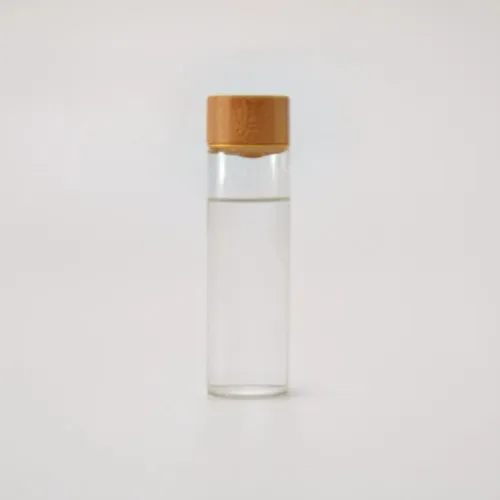
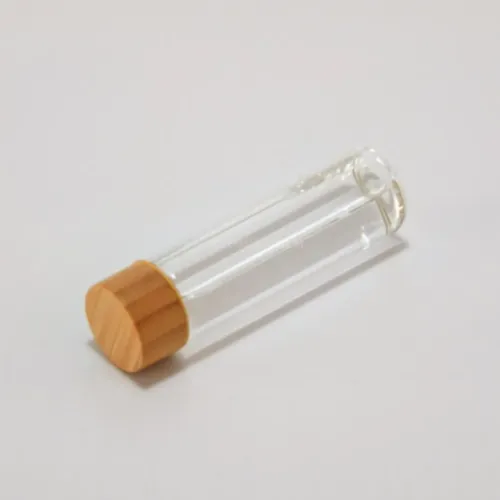
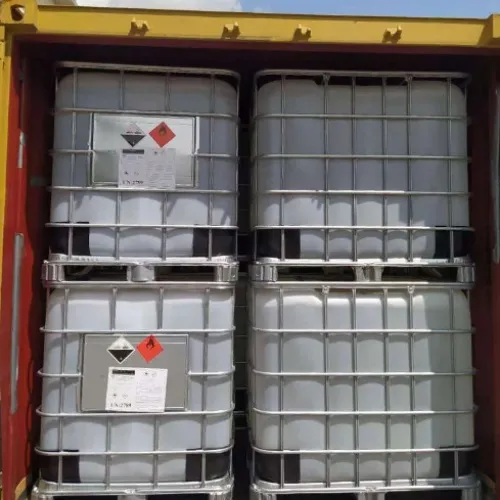
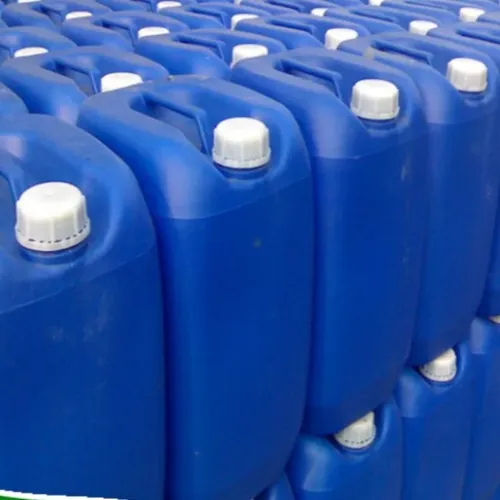
Propionic acid, a saturated monocarboxylic acid containing three carbon atoms, one of the typical volatile lower fatty acids. Chemical formula CH3CH2COOH. Molecular weight 74.08. Colorless clear oily liquid with unpleasant rancidity and pungent odor.
Melting point -20.8ºC,
Boiling point 140.99, 41.65(1330Pa),
Relative density 0.9930,
Refractive index 1.3869.
Ka = 1.34 x 10-5.
Propionic acid is widely used in the food industry can be used in the production of calcium propionate, sodium propionate and other preservatives, can also be used in the production of propionate flavor and fragrance.
Mayroon kaming maraming mga pabrika na may mataas na kalidad na may malalim na pakikipagtulungan, na maaaring magbigay sa iyo ng mga de-kalidad na produkto at mapagkumpitensyang presyo. At makakapagbigay din kami ng mga diskwento para sa maramihang pagbili. At nakikipagtulungan kami sa maraming propesyonal na kumpanyang nagpapasa ng kargamento, maaaring makapaghatid ng mga produkto nang ligtas at maayos sa iyong mga kamay. Ang oras ng paghahatid ay humigit-kumulang 3-20 araw pagkatapos ng kumpirmasyon ng pagbabayad.
|
ANALYSIS ITEMS
|
STANDARD |
ANALYSIS RESULT |
|
Hitsura |
Colorless or light Yellow oily liquid; With slight pungent smell
|
Qualified (Hazen:<10) |
|
PROPANOIC ACID,%≥
|
99.5
|
99.9
|
|
RELATIVE DENSITY
|
0.993-0.997
|
0.997
|
|
BOILING RANGE, ºC
|
138.5-142.5
|
139.5-141.1
|
|
EVAPORATION RESIDUE,% ≤
|
0.01
|
0.005
|
|
MOISTURE,% ≤
|
0.15
|
0.02
|
|
PROPYL ALDEHYDE,% ≤
|
0.05
|
0.03
|
|
FORMIC ACID,% ≤
|
0.05
|
0.02
|
|
Pb(mg/kg) ≤
|
2.0
|
<2.0
|
|
As(mg/kg) ≤
|
3.0
|
<3.0
|
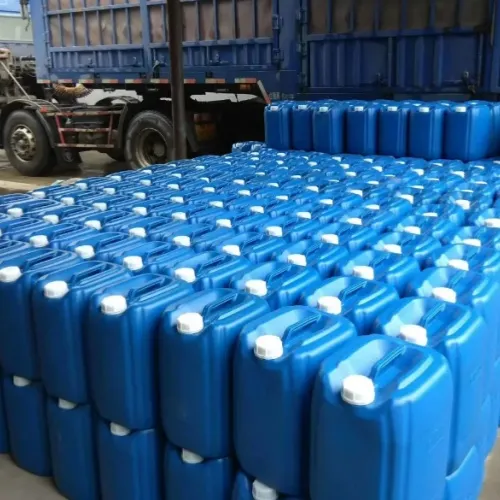
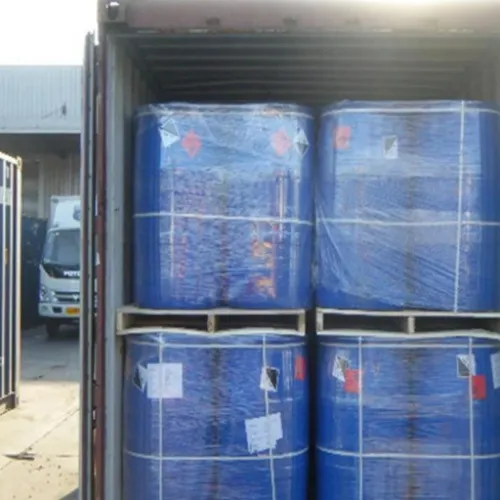
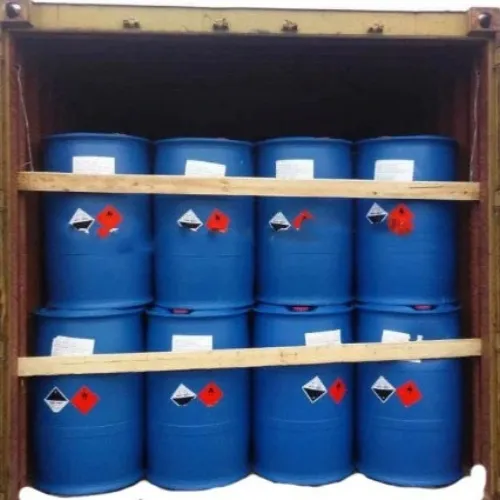
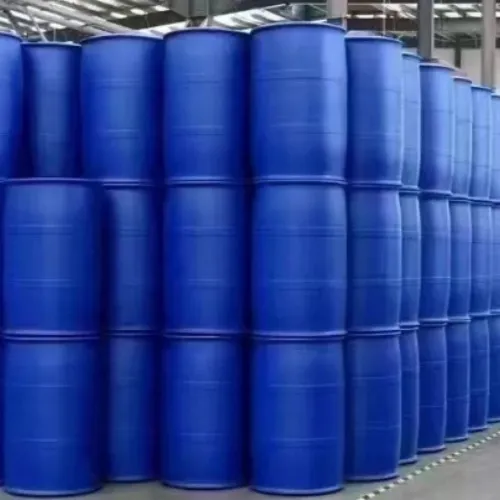
The global propionic acid market is divided by application, terminal industry and region. According to the application, the market is divided into herbicides, rubber products, plasticizers, food preservatives, etc., and food preservatives contribute the most to the market. Most people like the ready-to-eat food on the market. These foods contain propionic acid as an additive and preservative to maintain quality and reduce spoilage, which increases the demand for food preservatives. In addition, the surge in demand for food preservatives has promoted the growth of the global propionic acid market. Increasing demand for natural preservatives has driven the growth of this market.
The global propionic acid market is divided by application, terminal industry and region. According to the application, the market is divided into herbicides, rubber products, plasticizers, food preservatives, etc., and food preservatives contribute the most to the market. Most people like the ready-to-eat food on the market. These foods contain propionic acid as an additive and preservative to maintain quality and reduce spoilage, which increases the demand for food preservatives. In addition, the surge in demand for food preservatives has promoted the growth of the global propionic acid market. Increasing demand for natural preservatives has driven the growth of this market.
Mga kategorya ng produkto
-
 May . 07, 20252025 New York Cosmetics Ingredients ExhibitionThe much-anticipated 2025 Cosmetics Ingredients New York will be held at the Javits Center in New York from June 3 to 4, 2025. This event will bring together industry leaders, innovators and enthusiasts from all over the world to discuss the latest trends and advances in the field of cosmetic ingredients.
May . 07, 20252025 New York Cosmetics Ingredients ExhibitionThe much-anticipated 2025 Cosmetics Ingredients New York will be held at the Javits Center in New York from June 3 to 4, 2025. This event will bring together industry leaders, innovators and enthusiasts from all over the world to discuss the latest trends and advances in the field of cosmetic ingredients. -
 Apr . 27, 2025Zibo will host the 2025 International Chemical ExpoZibo, a city known for its thriving chemical industry, will host the 2025 Zibo International Chemical Expo from May 16 to May 18, 2025. This highly anticipated event aims to bring together industry leaders, innovators and stakeholders from around the world to explore the latest advancements and trends in the chemical industry.
Apr . 27, 2025Zibo will host the 2025 International Chemical ExpoZibo, a city known for its thriving chemical industry, will host the 2025 Zibo International Chemical Expo from May 16 to May 18, 2025. This highly anticipated event aims to bring together industry leaders, innovators and stakeholders from around the world to explore the latest advancements and trends in the chemical industry. -
 Apr . 22, 20252025 Yokohama Cosmetics Raw Materials and Technology ExhibitionYOKOHAMA, Japan – The City of Yokohama is preparing to host the much-anticipated Cosmetics Ingredients & Technologies 2025 from May 14 to May 16, 2025. The premier event is expected to attract industry professionals, innovators and enthusiasts from around the world to showcase the latest advancements in cosmetic ingredients and technologies.
Apr . 22, 20252025 Yokohama Cosmetics Raw Materials and Technology ExhibitionYOKOHAMA, Japan – The City of Yokohama is preparing to host the much-anticipated Cosmetics Ingredients & Technologies 2025 from May 14 to May 16, 2025. The premier event is expected to attract industry professionals, innovators and enthusiasts from around the world to showcase the latest advancements in cosmetic ingredients and technologies.


